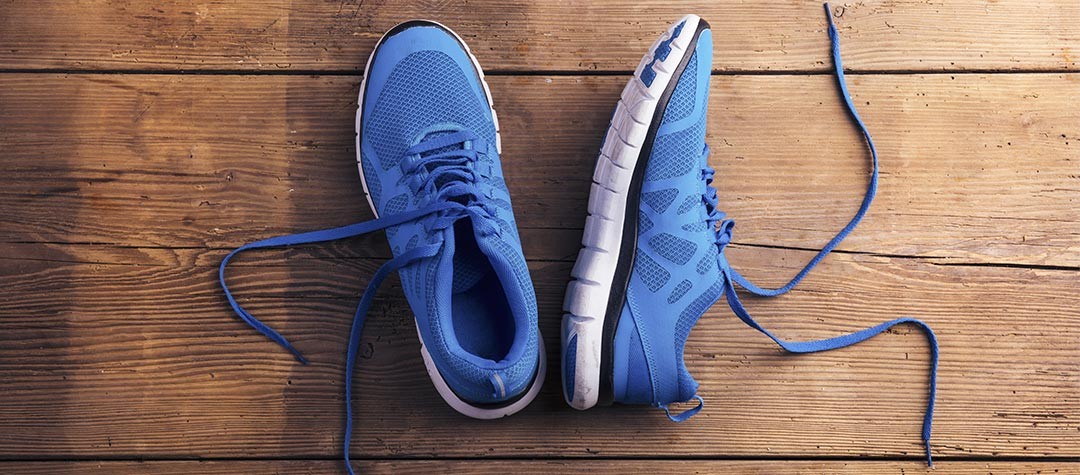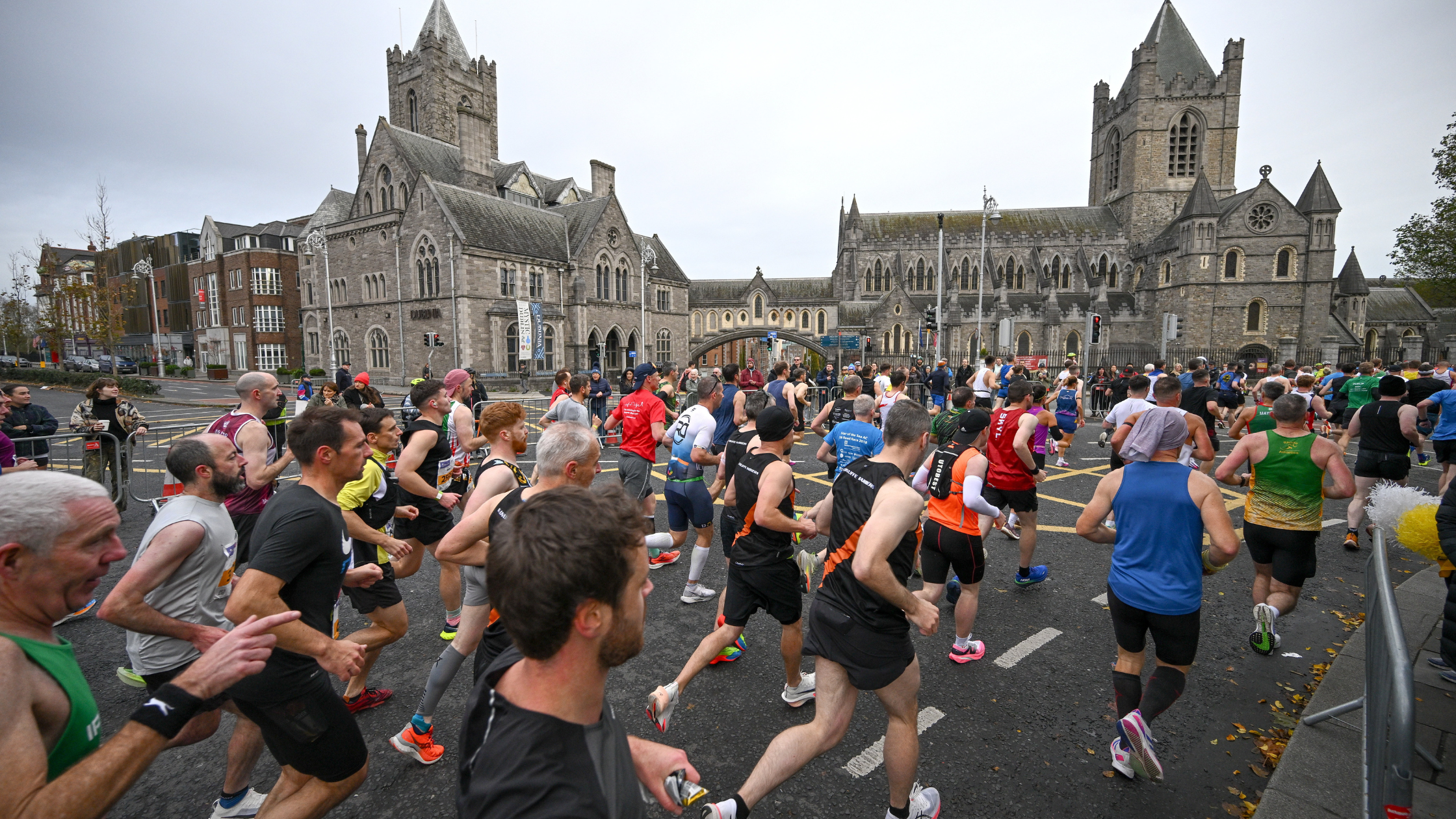Your running shoes are the most important item of gear you need for your workout, so it makes sense to look after them to prolong their life and get many months and miles of happy running.
Get the right shoes for the running conditions
Don't expect a pair of shoes to do more than they’re designed for. If you do a lot of off-road running over rough ground, think about getting some trail shoes rather than trying to tough it out in ordinary road shoes. The majority of good road running shoes are largely for tarmac or pavement usage and only relatively even off-road paths.
Cleaning running shoes
Leaving shoes muddy and damp actually perishes the rubber and allows stitching to degenerate to the point where it will snap more easily. Just a minute of light brushing under a lukewarm tap will get 99 per cent of the mud and grime off, allowing the materials to breathe and dry naturally. Brush most of the mud off the sole as well and they’ll dry more quickly and won’t be heavy next time you head out in them.
Never put your shoes in a washing machine; you may get away with this a few times but the materials in the shoe will break down...
Never put your shoes in a washing machine; you may get away with this a few times but the materials in the shoe will break down and you’ll be buying new shoes much sooner than is necessary.
Drying your running shoes
If the shoes have got wet through, take out the in-soles and dry them separately. If the shoes are really saturated, it helps to hang them or position them so the worst of the water can run out easily. Then stuff them with newspaper to soak up the worst of the remaining water; but remember to take the paper out after two or three hours so that the shoes can dry out naturally. To get the worst of the water out of the laces, simply get a paper tissue and run it from the eyelets to the tip of the lace while squeezing hard; this will dry out the lace and ensure you don’t drip all over the floor.
Never put the shoes in a tumble-dryer or attempt to accelerate the process by placing them in direct sunlight or on a radiator, as this will affect the glues that are used to bind all trainers together. Shoes can literally fall apart if treated incorrectly.
Storage of your running shoes
Store your running shoes in a dry environment where they will not get crushed or otherwise damaged. Room temperature is best as this will ensure they are warm when you next put them on and the midsole materials will remain optimally flexible.
Don’t put them in a plastic bag or a box, as this will deny them circulating air, slow down any residual drying out, and cause them to become smellier. The chances are that even when you’ve run in dry weather, they will be damp after a run from your own sweat, and it is best for them to dry out as quickly as possible.
Getting into the routine of caring for your training shoes immediately after a run will ensure that you won’t need to replace them as quickly...
Stashing your running shoes somewhere high up often does the trick. That way, they can stay in the living area of the house (porch, utility room, bedroom, etc) but not get in the way or chewed by pets! Getting into the routine of caring for your training shoes immediately after a run will ensure that you won’t need to replace them as quickly and you’ll get full value for what is often a sizeable outlay for your shoes.















